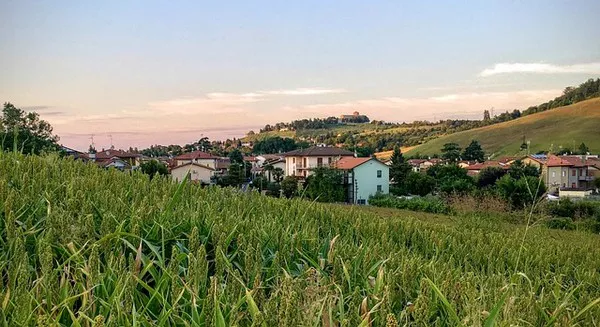Plants, much like the human body’s ability to differentiate responses to various ailments, have been found to exhibit a nuanced approach to combating environmental stressors through the jasmonate (JA) signaling pathway. This crucial insight comes from a recent investigation conducted by the MSU-DOE Plant Research Laboratory (PRL) Howe lab, and its findings have been published in the esteemed journal New Phytologist.
The study delves into the intricate mechanisms that govern how plants adapt their defense strategies to different environmental threats. Leah Johnson, co-first author of the study and former graduate student in the Howe lab, emphasized the significance of this research, stating, “Plants encounter so many environmental stressors, including biotic stressors like pathogens or insects. It can be really energy-intensive for them to produce all these defense responses.”
Scientists have long recognized the role of the JA signaling pathway in regulating defense responses in plants. However, the precise mechanisms behind how plants can selectively activate or deactivate their responses to distinct threats remained a subject of inquiry. It was understood that JAZ and MYC proteins had opposing effects within this pathway—JAZs were known to suppress the pathway, while MYCs had the capacity to activate it. Many plants possess multiple copies of both JAZs and MYCs, leading to the hypothesis that these duplicates enable plants to finely calibrate their defensive reactions.
The groundbreaking discovery of the study lies in its revelation that different subsets of JAZ proteins control discrete responses in plants. Ian Major, co-first author and former postdoctoral researcher in the Howe lab, remarked, “The real breakthrough of the paper is showing that different JAZ subsets control different responses.”
To unravel these intricacies, researchers cultivated mutant Arabidopsis thaliana plants, lacking most of their JAZ proteins. Since JAZs play a crucial role in restraining defense responses, their absence resulted in an uncontrolled defense reaction, akin to autoimmunity. However, this uncontrolled defense came at a cost—the mutant plants allocated excessive energy to protect themselves, even in the absence of threats, resulting in stunted growth and reduced seed production compared to their wild counterparts.
These mutant plants were subsequently crossbred with wild-type Arabidopsis plants, yielding offspring with varying sets of missing JAZs. Some of these offspring exhibited heightened defense responses against necrotrophic pathogens, which typically target dead tissue. By examining which specific JAZs were absent in these plants, the researchers could pinpoint the segments of the JA pathway responsible for enabling the precise activation and deactivation of this defense response.
Johnson added, “We found that subsets of these families [JAZ and MYC] differentially regulate responses to insects versus necrotrophic pathogens. This suggests that these families obtained distinct regulatory functions at some point in plant evolutionary history and suggests a mechanism for how plants can respond correctly to different stressors.”
This groundbreaking research holds significant promise for future applications in crop plants. By manipulating the plant’s regulatory genes, it may be possible to activate defenses against insects or pathogens without overexerting the plant’s energy resources, thereby enhancing its ability to combat these threats effectively.
Gregg Howe, the primary investigator of this study and MSU Foundation Professor in the PRL and the Department of Biochemistry & Molecular Biology, commented on the potential impact of this research, stating, “The identification of plant regulatory genes that specifically control the partitioning of photosynthetic products creates new opportunities to engineer plants for enhanced yield and stress resistance.”


